Cradle
1981
Urethane foam, cord and fabric
36.5 x 78 x 39.25 inches (92.71 x 198.12 x 99.69 cm)
Sold with a certificate from John Chamberlain Studio
Exhibitons:
John Chamberlain—Foam Sculptures 1966-1981,The Chinati Foundation, Marfa, Texas, October 5, 2005-June 1, 2006
Illustrated:
Stockebrand, Marianne, ed. John Chamberlain: The Foam Sculptures. Marfa: Chinati Foundation, 2007. pp 104-5.
A seminal figure in the history of modern art, the American sculptor John Chamberlain (1927-2011) is best known for his brightly-painted abstract assemblages of scrap automotive steel; works that straddle the spheres of Abstract Expressionism and Pop Art. Among artists and art historians, Chamberlain is particularly honored for his use of unconventional materials, a practice that changed critical thinking on the nature of sculpture. As the artist and critic Donald Judd wrote, Chamberlain’s openwork, interstitial forms made of everyday substances challenged “the prevailing idea of sculpture as a solid mass.”
Chamberlain sculpted with just about anything. Successful experiments employed paper bags, aluminum foil, and Plexiglas. “One day something—some one thing—pops out at you, and you pick it up, and you take it over, and you put it somewhere else, and it fits,” Chamberlain said of his materials. “It’s just the right thing at the right moment.” From 1966 into the 1970s, that “something,” almost exclusively, was urethane foam rubber. His experiments began when the artist played with household sponges and twine, which led to larger scale sculptures that Chamberlain intended for use as furniture, including Cradle (1985).
“Chamberlain cut, folded, and tied [pieces of urethane foam] to make a kind of instant sculpture—direct, graceful, and immediate,” according to the exhibition notes for a show of some 30 of these lesser-known Chamberlain sculptures at the Chinati Foundation in Marfa, Texas. “The work presents another aspect, complementary to the steel sculptures, of Chamberlain’s unique exploration of form and materiality.”
Art historian Klaus Kertess has pointed out that foam sculptures such as Cradle render more specific the sexual and anatomical references that appear only suggestively in Chamberlain’s steel sculptures. Moreover, Kertess adds, Chamberlain’s deployment of sculpture as furniture anticipates by several years efforts in a similar vein by Scott Burton, and, later, Jorge Pardo.
Stockebrand, Marianne, ed. John Chamberlain: The Foam Sculptures. Marfa, Texas: Chinati Foundation, 2007. Print.
“John Chamberlain: Foam Sculptures (1966-1979) ; Photographs (1989-2004).” Exhibitions. Chinati Foundation, Marfa, Texas, Oct. 2005. Web. 27 Aug. 2014.
“John Chamberlain Retrospective (announcement). “Guggenheim Museum, New York. 21 Feb. 2012. Web. 27 Aug. 2014.
“John Chamberlain: Biography.” Dia Art Foundation, Beacon, New York, n.d. Web. 27 Aug. 2014.

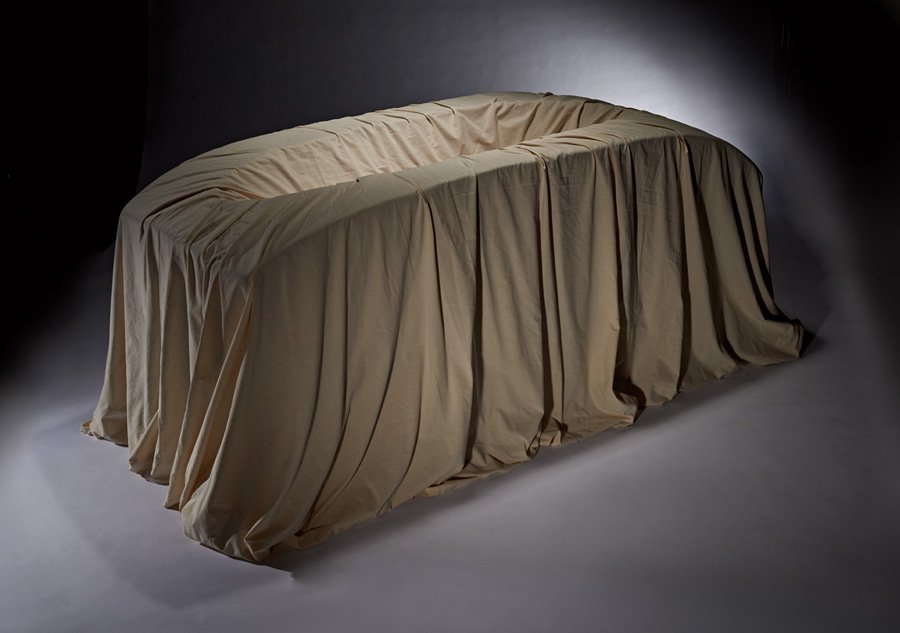
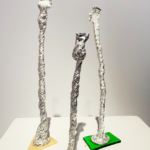 Untitled
Untitled
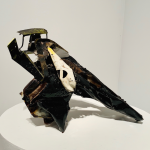 Untitled
Untitled
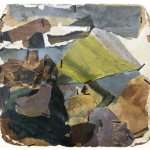 Untitled
Untitled
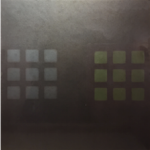 Untitled (sold)
Untitled (sold)
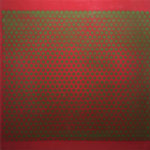 Untitled (sold)
Untitled (sold)
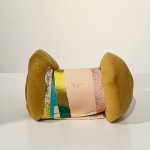 Untitled
Untitled
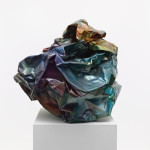 Asarabaca
Asarabaca
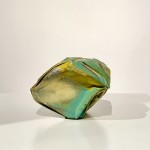 Untitled
Untitled
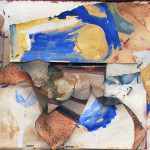 Untitled
Untitled
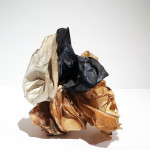 Penthouse
Penthouse
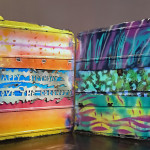 A Birthday Card
A Birthday Card
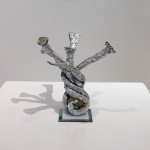 Obligato
Obligato
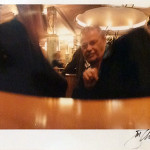 Self Portrait in Paris
Self Portrait in Paris
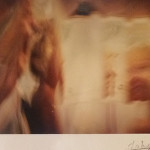 Untitled
Untitled
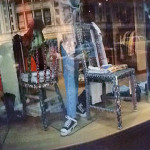 Madison Ave
Madison Ave
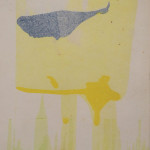 The Blue Whale over Green New York
The Blue Whale over Green New York
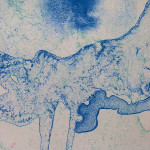 Untitled
Untitled
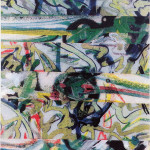 Untitled
Untitled
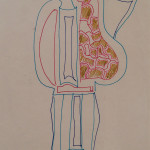 Untitled
Untitled
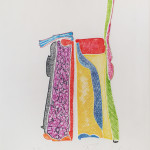 Untitled
Untitled
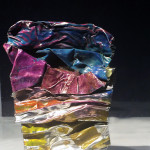 Untitled (Pin)
Untitled (Pin)
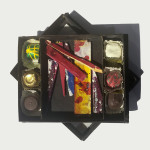 Candy Box (Prototype)
Candy Box (Prototype)
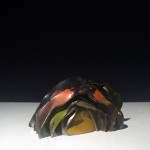 Untitled (Small Crumple)
Untitled (Small Crumple)
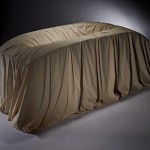 Cradle
Cradle
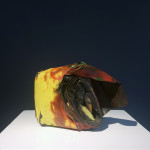 Untitled
Untitled
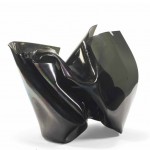 Untitled
Untitled
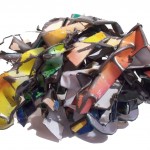 Endowerend Peekaboo
Endowerend Peekaboo
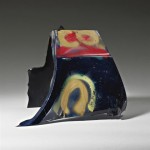 Dancing in the Dark #18
Dancing in the Dark #18
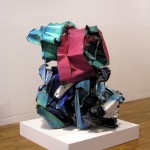 Schizoverbia
Schizoverbia
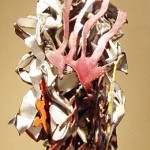 La Giaconda
La Giaconda
 FLYWHEELSONATA
FLYWHEELSONATA
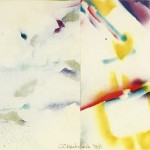 Untitled (diptych)
Untitled (diptych)
 Untitled
Untitled
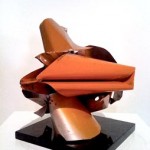 Ignaatz
Ignaatz
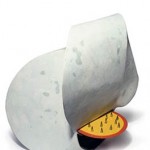 Untitled
Untitled
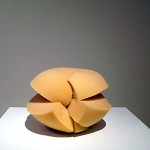 Untitled (FOAM)
Untitled (FOAM)
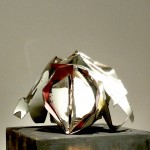 To MR ED from MR JOHN
To MR ED from MR JOHN
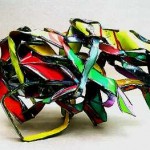 Untitled
Untitled
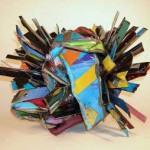 SMILINGKNUCKLES
SMILINGKNUCKLES
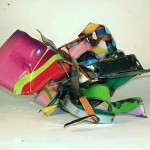 CHESTERFIELDSQUEL
CHESTERFIELDSQUEL
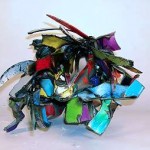 CHINTZGLIMPSE
CHINTZGLIMPSE
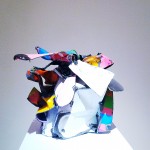 Illegalpinapple
Illegalpinapple